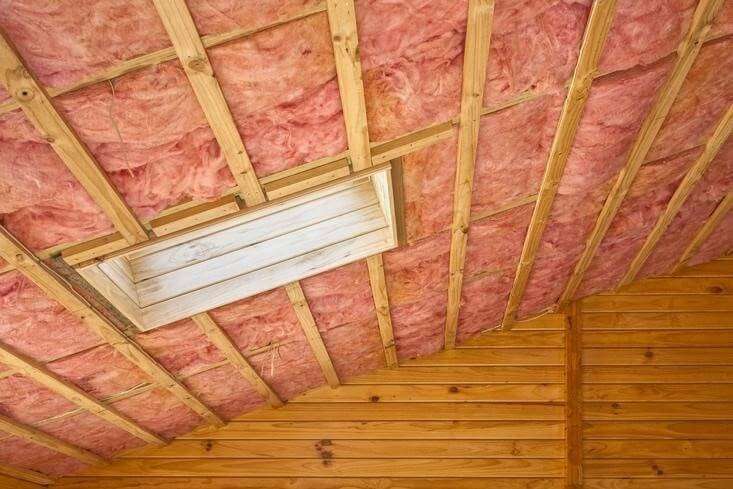Science for Students: What Makes a Good Insulator?

In this article, you will find:
How Do Insulators Work?
Science for Students: What Makes a Good Insulator?
Energy will always be transferred from the object with a higher temperature to one with a lower temperature. In other words, heat will always flow from hot to cold. When we try to insulate something, we are trying to keep the energy from being transferred from a hotter object to a colder one. Good insulators prevent energy from easily being transferred from one object to another.
All objects are made up of small particles that are in a constant state of motion. The particles that make up an object are held together by bonds. Insulators have strong bonds that hold their particles rigidly in place. Since particles in an insulator don't move around easily, the amount of energy that is transferred to other particles is minimal. This prevents particles from gaining energy and increasing the temperature. Wool, dry air, plastics, and polystyrene foam are all examples of good insulators.
Materials that do not insulate well are called conductors. Conductors have loose bonds that allow particles to move easily and transfer energy from one particle to the next. Metals tend to be very good conductors.